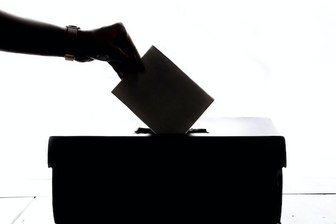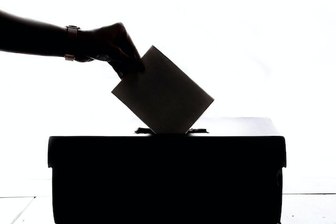At the beginning of the year, we re-asked some questions on where people view the parties, the party leaders and themselves on the left-right spectrum - questions we've returned to a couple of times a year since we first asked in 2002. Political views these days probably can't be so easily characterised on a single left-right axis, but it still serves as a good measure of how close people see the political parties to themselves.
There are some interesting patterns on display. Firstly the Conservatives and David Cameron are seen as being as almost right wing as they were under Michael Howard. Cameron's score on the left right scale (where -100 is very left wing and +100 is very right wing) is +48, compared to Michael Howard's score in 2005 of +52. The Conservative party in general scored +53 in 2006, now it scores +47, not significantly more centrist.
This is not to say that the whole strategy of making the Conservatives look more centrist and moderate failed. It succeeded...for a while, then around 2009/2010 perceptions of the Conservatives moved rightwards again (probably as they were forced to talk about deficit reduction and cutting public spending, as opposed to their strategy of focusing on the environment and public services during the early years of Cameron's leadership). From +53 in 2006 the Conservatives had moved in to +37 by 2009, before moving out again in 2010. Cameron started at +35 on the scale in 2006, and moved into +28 by 2009 before slipping rightwards. Whereas once Cameron was seen as to the left of his party, he and his party are now seen as equally right-wing.
Moving onto Labour and Ed Miliband, the perception of Miliband as 'Red Ed' seems to have found some traction with the public. On the left-right scale he is viewed as being as left-wing as Cameron is right-wing, with a score of -45. He is perceived as being more left-wing than Gordon Brown, who as Prime Minister received scores of between -20 and -27, and vastly more left-wing than Tony Blair who used to be perceived as slightly right of centre, with scores of +3 to +7.
While not seen to be as left-wing as its leader, the Labour party itself is also seen as having moved significantly to the left since the General Election. In May 2010, it received a score of -27, and in the latest poll its average rating is -39. Coupled with the Conservative move to the right, this means the public perceives our political parties to be more polarised than they have done for at least a decade.
Finally we come to the Liberal Democrats, and the impact their entry into Coalition with the Conservatives has had upon their image. Until the General Election, the Liberal Democrats had consistently been perceived as a left-of-centre party, scoring between -9 and -17 on the left-right scale. They are now viewed as being almost exactly in the centre, with a score of +1. Nick Clegg himself is now seen as firmly right-of-centre with a score of +10.
Given that the public themselves inevitably place themselves in the centre, this should in theory be good for the Liberal Democrats. In fact the Liberal Democrats have managed to secure the worst of all worlds. People who consider themselves as being left-wing tend to view the Liberal Democrats as being right wing. People who consider themselves as being right-wing tend to view the Liberal Democrats as being left wing.
As a footnote, the data also gives us firm evidence of what most people assumed anyway - that the votes the Liberal Democrats have lost since the election have been their more left wing voters, leaving them with a somewhat more centrist rump. 'Lost Liberal Democrats' (those who voted Lib Dem in 2010 but wouldn't tomorrow) place themselves on average at -20 on the left-right scale. Those who have remained loyal place themselves on average at -6.








